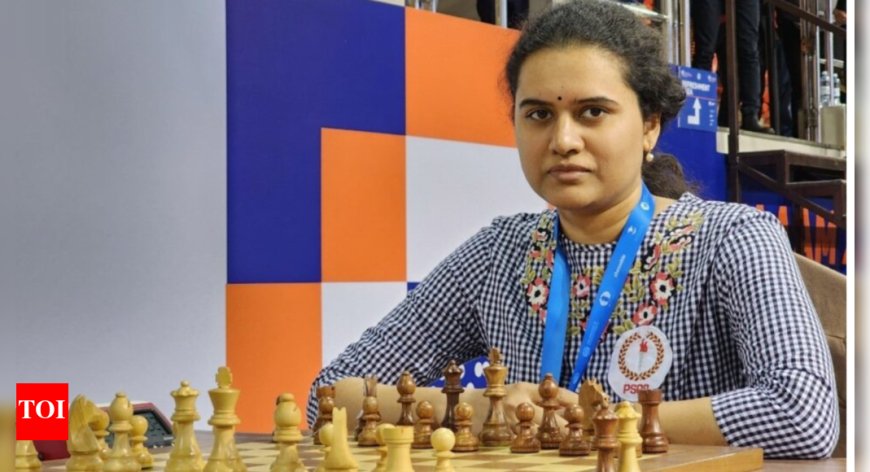Social inequalities & emotional dissimilarities mean women in chess continue to lag behind
Despite empowerment initiatives, women in chess lag globally, with top players' ratings significantly lower than their male counterparts. Factors such as fewer practice hours, societal responsibilities, and emotional responses contribute to this disparity. While some advocate for equal training opportunities, others highlight inherent differences and the challenges women face in pursuing chess careers with the same intensity as men.

Social Inequalities & Emotional Dissimilarities Mean Women in Chess Continue to Lag Behind
News by dharmyuddh.com
Understanding the Chess Gender Gap
The world of chess has long been recognized for its intellectual rigor and competitive spirit, yet a significant disparity persists when it comes to gender representation. Women continue to lag behind men in chess tournaments, both in participation and achievement. This discrepancy can be largely attributed to social inequalities and emotional dissimilarities that exist not only within the chess community but also in broader societal contexts.
The Role of Social Inequalities
Social inequalities manifest in various forms, including limited access to resources, systemic biases, and cultural stereotypes that discourage female participation in competitive activities like chess. Historically, chess has been viewed as a male-dominated sphere, with fewer role models for young girls and women. This societal perception creates an environment where women may feel less inclined to engage deeply with the game, impacting their representation at higher levels.
Emotional Dissimilarities in Chess
Emotional dissimilarities also contribute to the gender gap in chess. Research indicates that women may experience different emotional responses in competitive situations compared to their male counterparts. Stress, anxiety, and self-doubt can hinder performance, particularly in high-stakes environments like chess tournaments. The pressure to conform to societal expectations adds an additional layer of complexity, affecting how female players approach the game.
Breaking Down Barriers
To address these issues, there needs to be a concerted effort towards creating more inclusive and supportive environments for women in chess. Initiatives like women-only tournaments, mentorship programs, and community engagement can help bridge the gender gap. By fostering a culture that celebrates diversity and encourages female participation, the future of chess can be more equitable.
The Importance of Representation
Representation matters in chess. As more women excel and become visible figures in the chess community, young girls can see tangible examples of success. This visibility is crucial in dismantling stereotypes and inspiring the next generation of female chess players. Using social media and other platforms to amplify women's achievements can further motivate aspiring players and shift public perception.
Conclusion: The Path Forward
The chess world stands at a critical juncture. By acknowledging and addressing the social inequalities and emotional dissimilarities that affect women in chess, stakeholders can work towards a more balanced and inclusive environment. As we move forward, it's essential to foster a community where both men and women can thrive equally in the world of chess.
For more updates, visit dharmyuddh.com. Keywords: social inequalities in chess, emotional dissimilarities in chess, women in chess tournaments, gender gap in chess, representation of women in chess, chess community inclusivity, women chess players support, female chess participation.







